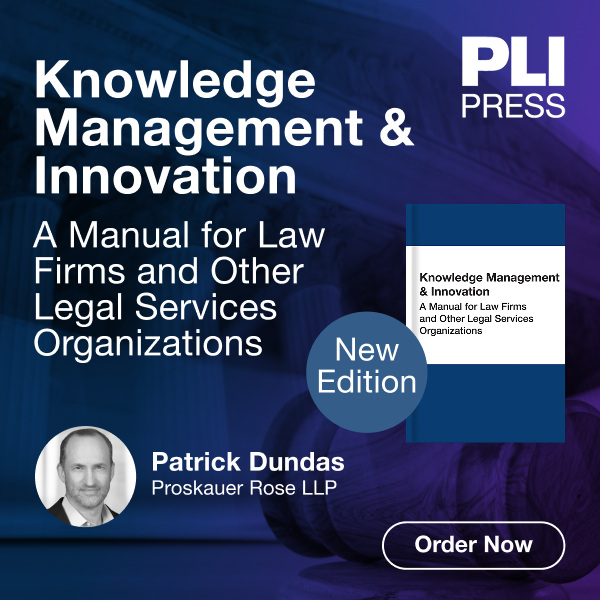Core Legal Tech Tools
Legal Research
Until around the turn of the century, most lawyers still had to use physical libraries and subscribe to hard copy legal updates, but now most legal research is carried out online. Matthew Leopold, head of marketing at LexisNexis UK, says that research tools provided by LexisNexis “combine trusted case law, legislation, commentary and expert-authored guidance onto a single, easy to use platform” Other major legal research providers include Westlaw (Thomson Reuters) and Bloomberg Law.
Legal Document Management
Connected to legal research are legal document tools, which both help lawyers ensure their set of legal templates (or precedents) are kept up to date with legislative changes and assist with the drafting of new documents such as bespoke contracts. Leopold explains one such tool “brings firm precedents to the surface, suggests approved clause language and runs intelligent checks on definitions, cross-references, formatting and inclusive language.”
Useful document management tools can help lawyers access and edit information — such as defined terms and cross-references — across multiple legal documents without having to navigate away from the clause or provision being reviewed.
Aside from tools that help with drafting and editing legal documents, online signing platforms provide additional efficiency for the whole document lifecycle.
Case Management
Juggling multiple cases, each with numerous associated tasks and deadlines, can be tricky to do manually, and this is where specially designed case management software (CMS) can come in handy. CMS tracks each matter from start to finish and tends to integrate with a Customer Relationship Management (CRM) database, along with a billing software, providing relevant fee earners with reminders of any tasks to be completed together with impending deadlines.
Some companies provide a CMS with customizable features such as the creation of workflows based on case type or cases a firm handles often. There are also case management tools designed specifically for a certain practice area, such as personal injury.
Time Tracking and Billing
Most law firm billing software comprises time tracking functionality, expense recording and automated invoice generation. It often integrates with case management tools in order to facilitate enhanced automation and reduce the time spent on month-end billing processes. As compensation structures continue to evolve, many tools now cater for time-based billing, flat fee billing and contingency billing.
Calendaring
Joanne Brook, Consultant Solicitor at Lionshead Law, says: “Don’t underestimate the simple tools that help lawyers manage their time and themselves, such as calendar apps for booking time and reminding lawyers to turn up and turn on for meetings.”
Most office suites, such as Microsoft Office 365 and Google Drive, come with their own versions of integrated calendars, which allow lawyers to book calls and appointments or note deadlines, helping them stay on top of their workflow. Google Calendar is a particularly highly regarded option that integrates seamlessly into the Google ecosystem, but there are also excellent independent calendar tools that can be used across different devices and operating systems. Many of the calendaring platforms also work seamlessly with communications tools such as Teams and Google Meet.





